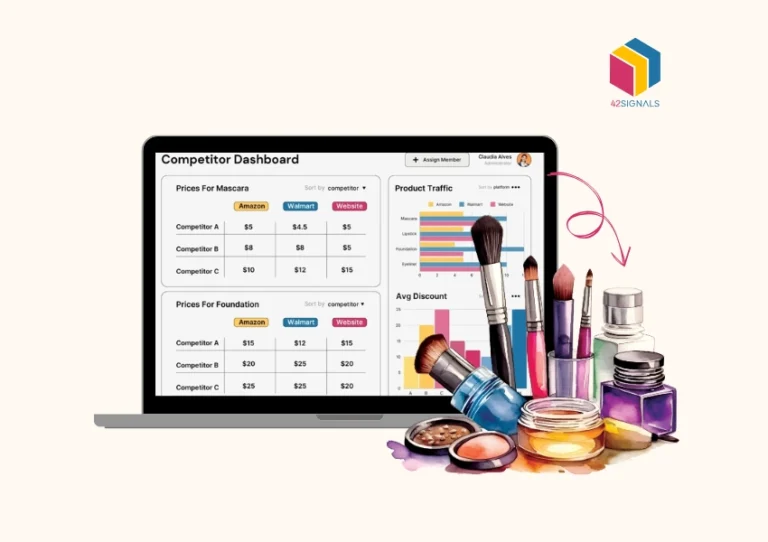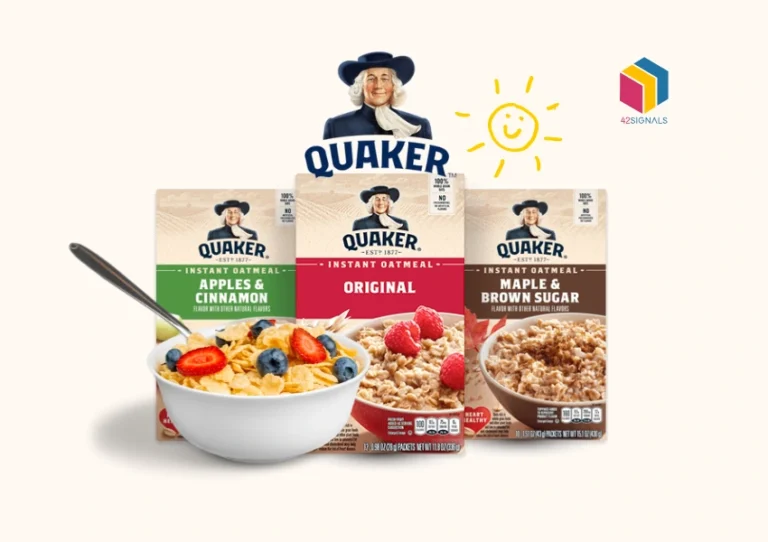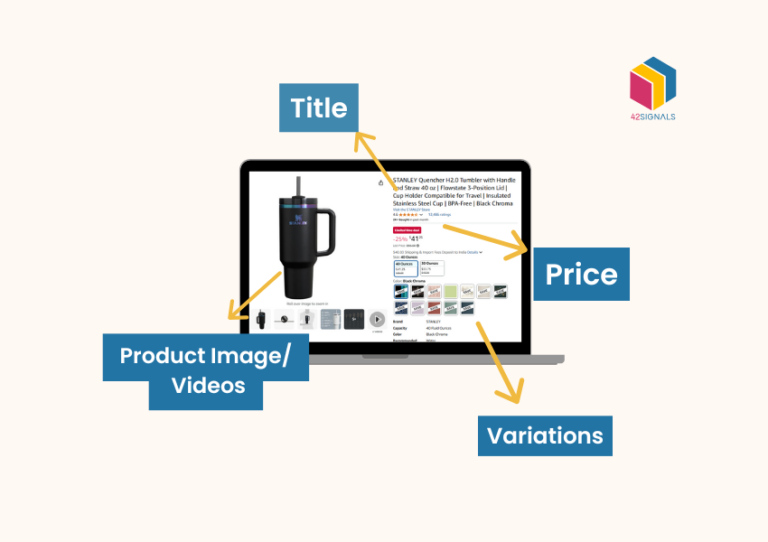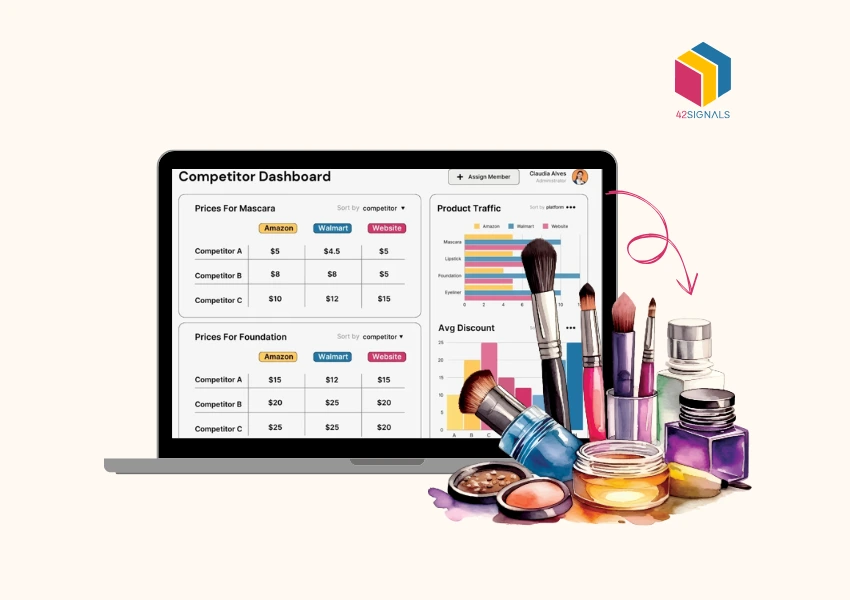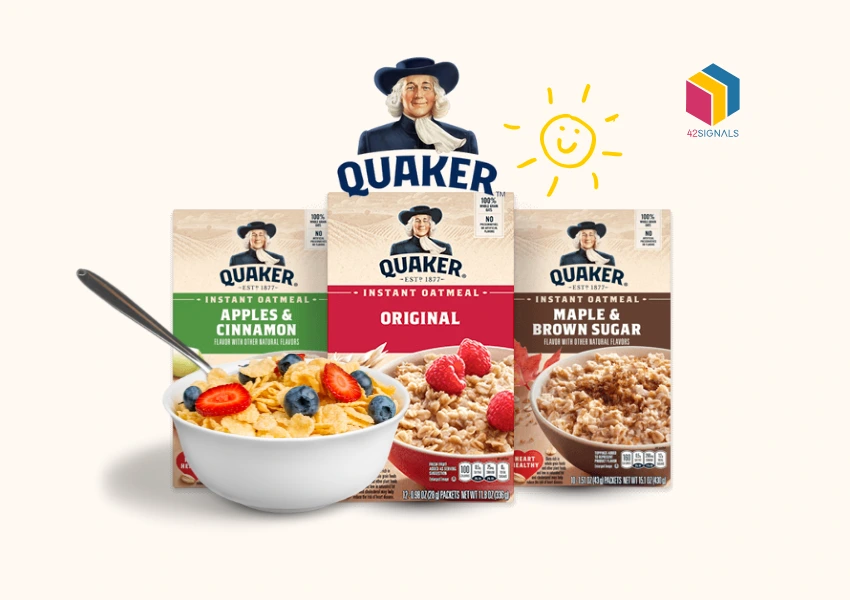If you’re a retail manager at a mid-sized fashion brand and your team spends hours each week manually updating prices to match Amazon’s lightning-fast discounts, it can be an arduous process. Despite your efforts, margins keep shrinking, and competitors somehow always undercut you by $0.50. What’s the efficient answer here? Retail pricing optimization software.
Retail pricing optimization software is a category of tools so transformative that 72% of retailers using it report margin improvements within 6 months (according to a 2023 RetailWire survey).
Let’s understand why it’s important for your business.
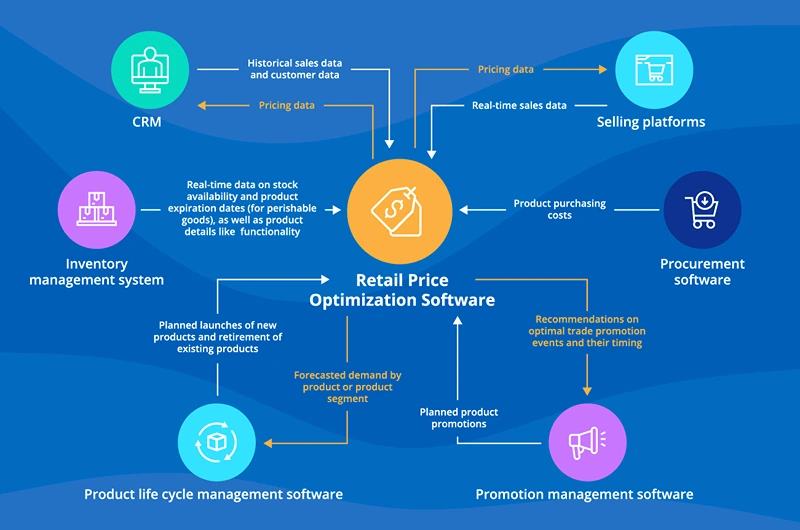
Image Source: Science Soft
Part 1: The Nuts and Bolts of Retail Pricing Optimization Software
Dynamic Pricing Tools: Your Secret Weapon Against Amazon
Dynamic pricing tools aren’t just for Uber surge pricing anymore. Take Bella’s Boutique, a real footwear retailer (name changed for privacy). They used to manually track 15 competitors’ prices twice daily. Now? Their software adjusts prices every 15 minutes based on:

- Inventory levels (e.g., hiking boot prices drop when warehouse stock hits 50 units)
- Competitor moves (like instantly countering Zappos’ weekend flash sale)
- Even the weather (umbrella prices rise 20% when rain appears in the forecast)
But here’s what most miss: dynamic tools aren’t about racing to the bottom. They’re about smart automation that supports long-term strategy, not just short-term gains. Smart retailers set guardrails.
For example, never let margins dip below 35% on best-sellers, even if Walmart prices are lower. That’s how you protect profit while staying competitive.
The Dirty Little Secret of Retail Pricing Optimization Software
Take Home & Hearth, a mid-sized home goods retailer struggling with stagnant sales of its popular $49.99 decorative throw pillows. Their initial data showed a dismal 2% conversion rate – only 2 out of 100 shoppers bought one. Conventional wisdom might suggest a clearance sale, but they used pricing analytics to diagnose, experiment, and innovate instead:
The Price Sensitivity Breakthrough:
- $49.99 (Original Price): 2% conversion → Healthy margins, but low volume.
- $44.99 (First Test): Conversion skyrocketed to 5% → Sales volume doubled overnight, proving strong price sensitivity.
- $39.99 (Deep Discount Test): Conversion hit 8%, but margins collapsed → Revenue per unit plummeted, making scale unsustainable.
The Creative Solution with a Retail Price Optimization Software
Instead of settling for “good enough” at $44.99, their team combined data with behavioral psychology:
- Launched a “Buy 2, Get 15% Off” Promo at $44.99/base price.
- Result: Average basket size jumped to 1.8 pillows.
- Net Effect: Margins increased by 11% (vs. original $49.99 price) while rapidly clearing excess inventory.
Why This Was a Masterclass in Data-Driven Strategy:
- Beyond Guesswork: Analytics pinpointed exact price thresholds ($5 drops mattered, $10 hurt).
- Margin Preservation: The promo structure protected unit economics while incentivizing volume.
- Behavioral Nudge: “Buy 2” leveraged the endowment effect – customers felt they were “saving” on a perceived bundle deal.
- Inventory Efficiency: Turned slow-moving SKUs into cash flow without resorting to loss-leading discounts.
- Scalable Insight: This test revealed pricing elasticity applicable to other decorative categories (vases, blankets, rugs).
The sweet spot? $44.99 with a “Buy 2, Get 15% Off” promo lifted margins by 11% while moving excess inventory. That’s a real win. It’s what happens when you marry pricing analytics tools like 42Signals with actual human strategy and creativity.
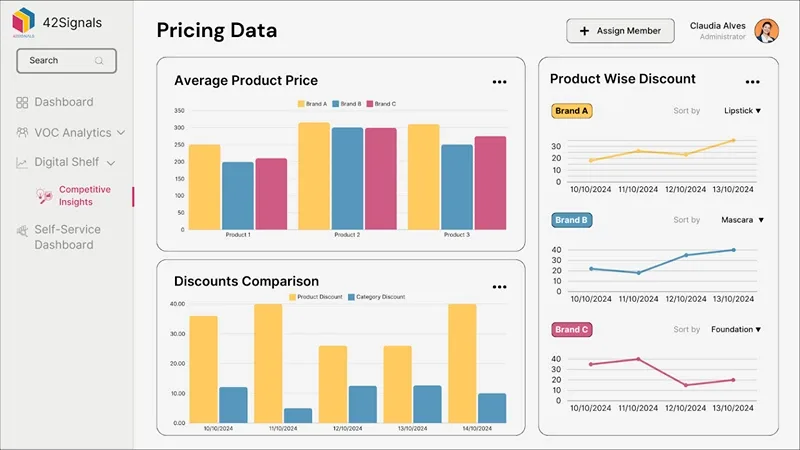
Part 2: The Online Battleground – Digital Shelf Analytics Demystified
Why Your Product Page Is Crucial
The “digital shelf” (your Amazon/Walmart.com product listings) is where 83% of purchase decisions happen (per McKinsey). That’s huge. But here’s what most retailers screw up: they treat it like a static page, not the dynamic battlefield it is.
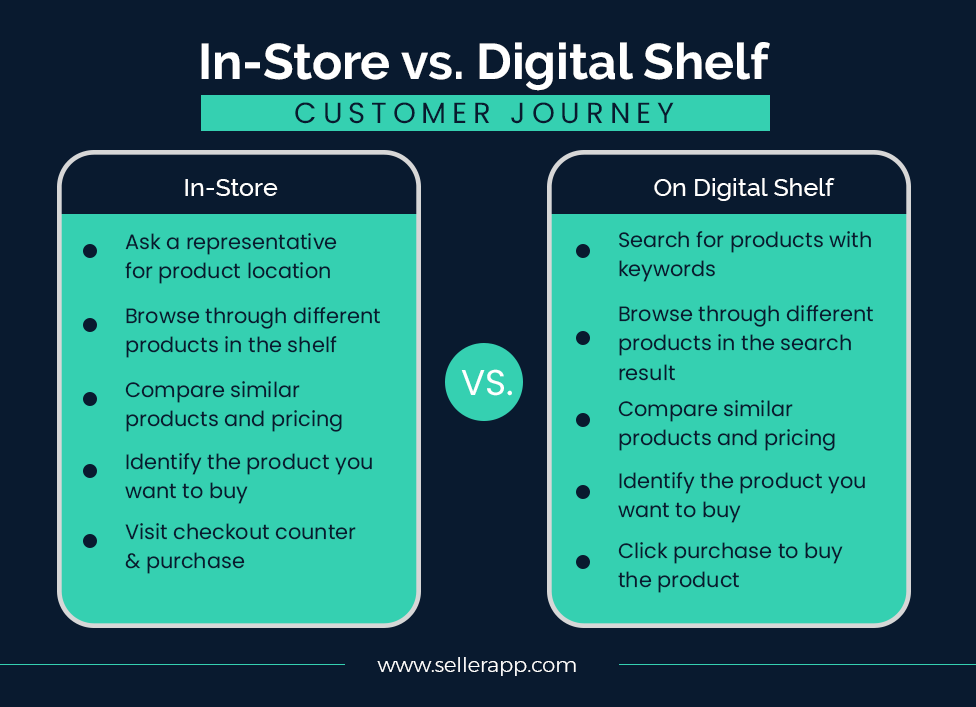
Real-World Example:
GadgetGuru, an electronics seller, noticed their wireless earbuds kept losing the “Buy Box” on Amazon. Their software spotted two issues:
- Competitors consistently priced $1.50 lower
- Their product images showed the earbuds in a case, while rivals showed them in someone’s ears
Solution: They raised prices by $2 but added lifestyle images. Conversions jumped 22% because customers finally understood the product. It wasn’t the price alone—it was the presentation.
The Dark Art of Ecommerce Analytics and Retail Pricing Optimization Software
Ecommerce analytics tools can feel overwhelming, but their real power lies in answering questions like:
- “Why do 68% of cart abandoners leave when they see shipping costs?”
- “Which products get clicked but never bought? (Hint: It’s usually pricing)”

42Signals provides bestseller data of competitors
Take FreshFit Apparel: Their data showed that yoga pants priced at $59.99 had a 90% click-through rate but only a 1.2% purchase rate. Something clearly wasn’t working. Dropping to $54.99 with a “Free Mat Included” banner increased sales by 200% in a week. A small tweak made a massive difference.
Part 3: How to Implement Retail Pricing Optimization Software Without Losing Your Mind

The 4-Step Human-Friendly Implementation Plan
- Start Small: Pick 100 SKUs (not 10,000) to test pricing rules. It’s easier to scale what works than to fix what doesn’t.
- Befriend Your Data Team: Product data like supplier costs and lead times make or break algorithms. Collaborate early so your rules are built on solid foundations.
- Set “No-Go Zones”: Never let the software touch your flagship products. These items represent your brand—don’t risk a pricing blunder.
- Review Weekly: One outdoor retailer caught their tool trying to price snow shovels at $999 during a glitch. Oops. Regular reviews keep errors in check and prevent disasters.
The Hidden Costs No One Talks About
- Integration Headaches: One kitchenware brand spent 6 months syncing their ERP with a new pricing platform. Painful, right? The lesson? Demand pre-built connectors for your tech stack. Don’t assume compatibility—ask first.
- Employee Pushback: “The computer’s taking my job!” You’ll hear this. Combat it by involving staff from day one. Let them suggest rules (e.g., “Always beat Target’s price by 5% on these 20 SKUs”) and show them how the tool helps—not replaces—them.
Part 4: Real Talk from the Trenches – Case Studies
Case Study 1: How a Grocery Chain Outsmarted Instacart
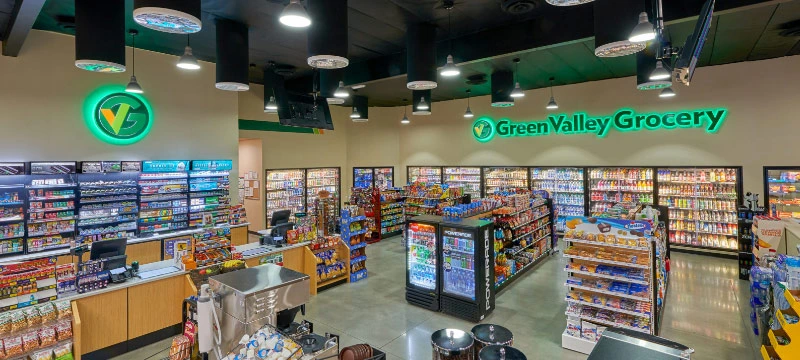
GreenValley Markets used dynamic pricing tools to:
- Automatically lower milk prices when Instacart’s delivery slots fill up (capitalizing on last-minute shoppers)
- Raise organic avocado prices by 12% on weekends (when health-conscious shoppers splurge)
Result: 18% margin boost in Q1 2023. That’s not a rounding error—it’s a real impact that paid for the tool and then some.
Case Study 2: The $2 Million Pricing Mistake (And How Software Fixed It)
A major toy retailer manually priced a new action figure at $29.99 across all The Mistake:
A national toy retailer launched a hot new action figure with a standardized $29.99 price across all 1,200 stores. The logic seemed sound: “Consistency ensures fairness and simplifies operations.” But this “safe” approach ignored a critical factor: location-based purchasing power and competition.
What the Software Revealed (Using Tools Like 42Signals):
When analytics crunched the sales data, stark patterns emerged:
- Urban Stores (NYC, Chicago, LA):
- Price sensitivity was extremely low.
- Competitors sold similar figures at $34.99-$39.99.
- The $29.99 price left $5-10/unit on the table with no volume gain.
- Rural Stores (Midwest, Southeast):
- Dollar General and regional discounters priced comparable toys at $19.99-$24.99.
- At $29.99, sales underperformed by 37% vs. forecasts.
- Shoppers perceived the product as “overpriced” for the local market.
The Financial Impact:
- Lost Margin (Urban): 200K units sold × $5 missed margin = $1M+
- Lost Sales (Rural): 150K unrealized units × $10 margin = $1.5M+
→ Total opportunity cost: ~$2.5M
The Fix: Hyperlocal Pricing Strategy
The software didn’t just flag the error – it provided a roadmap:
- Urban Stores: Raised price to $34.99 (aligning with local premium positioning).
- Rural Stores: Dropped price to $24.99 (matching Dollar General’s threshold).
- Suburban Hybrid: Held at $29.99 (balanced demand elasticity).
Results:
- Urban revenue/unit ↑ 16% with no sales decline.
- Rural sales volume ↑ 52% (now competitive with discounters).
- $2.5M+ recovered in combined margin within 8 weeks.
Why This Matters: The Death of “One-Size-Fits-All” Pricing
This case exposes 3 costly myths:
- Myth: “Uniform pricing builds trust.”
Reality: Shoppers compare prices within their local environment, not nationally. - Myth: “Manual pricing is safer than automation.”
Reality: Humans can’t track 1,200 micro-markets in real-time. Software detects what teams miss. - Myth: “Lower prices always win volume.”
Reality: Urban shoppers equated higher prices with higher quality.
The Bigger Win: Turning Insight into Strategy
The retailer didn’t just fix the action figure – they built a scalable geo-pricing engine:
- Allocated urban profits to fund targeted rural promotions (e.g., “Bundle with $5 discount accessory”).
- Used software to create competitive heat maps for all top SKUs.
- Launched dynamic price zones (urban/rural/suburban tiers).
Pricing isn’t about guessing “what’s fair.” It’s about knowing what’s possible in each micro-market. Tools like 42Signals turn geographic and competitive data into profit recovery engines – proving that the cost of not using analytics isn’t just inefficiency… It’s leaving millions on the table.
Part 5: The Future of Retail Pricing Optimization Software – Where Humans Still Matter
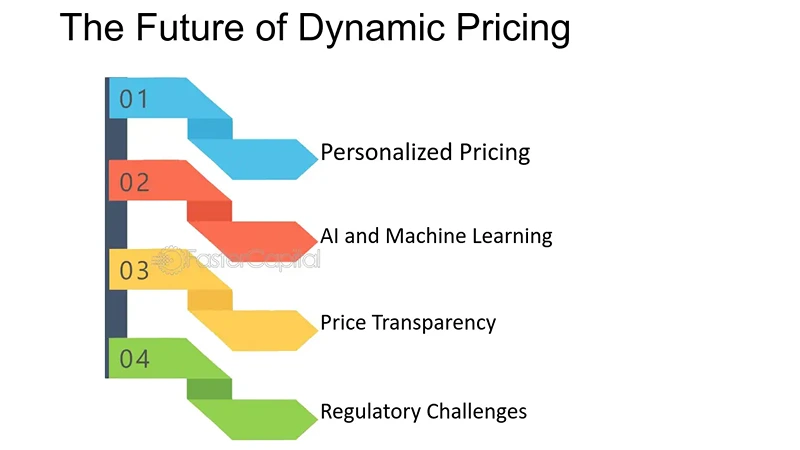
Image Source: Faster Capital
AI won’t replace you if you:
1. Curate the Rules: “Should We Race to the Bottom?”
The Problem:
An algorithm will gladly slash prices to boost conversions—even if it turns your luxury skincare brand into a discount bin staple.
The Human Intervention:
- Brand Guardianship: When a premium luggage brand noticed its tool pushing 40% discounts, leadership stepped in.
- The Rule They Set: “Never drop below 20% off MSRP. We compete on craftsmanship, not coupons.”
- Result: Short-term sales dipped 8%, but customer lifetime value rose 22% as discount hunters churned out.
2. Spot Black Swans: “When Algorithms Meet Unforeseen Chaos”
The Problem:
In March 2020, a pet supplier’s AI saw surging demand for cat litter and recommended tripling prices. The logic was flawless—the ethics were catastrophic.
The Human Override:
- Crisis Protocol: The CEO froze algorithmic pricing during emergencies.
- Action Taken: Kept prices at pre-crisis levels + capped 2 units/household.
- Result: Avoided a viral PR disaster; earned 53% spike in brand trust (per post-crisis survey).
3. Listen to Grandma: “The Data Blind Spots Only Locals See”
The Problem:
A pricing tool told a Midwest hardware chain to raise snowblower prices in July (low demand = “premium pricing”). But Grandma Ethel knew better.
The Cultural Save:
- Local Wisdom: “Farmers buy snowblowers after harvest in July—it’s when they have cash.”
- Team Decision: Ignored the algorithm; ran July “Early Bird” discounts instead.
- Result: Cleared 89% of seasonal inventory by August vs. 45% historically.
Your Action Plan for Next Week
- Audit Your Current Tools: Are you using spreadsheets? Stop. Now. There are better options that won’t break your brain—or your margins.
- Run a 30-Day Pilot: Most vendors offer free trials. Take one for a spin—42Signals is a great place to start. By solving such problems for several of our clients, we meet the complexity of requirements with ease of use. Sign up for a free trial today.
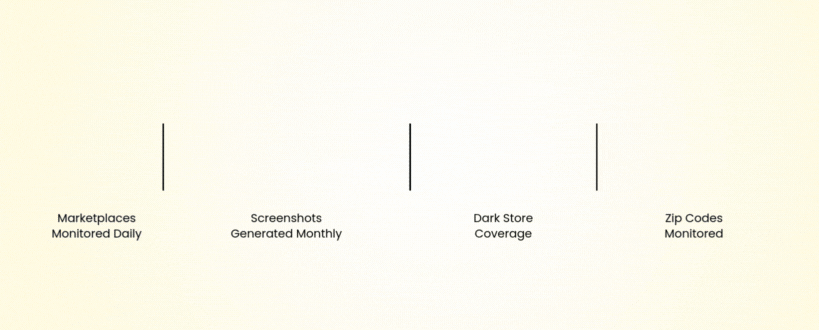
Host a Pricing War Room: Gather your team, pull up competitor data, and find 3 quick wins. You’ll be shocked at what a single afternoon can uncover.

